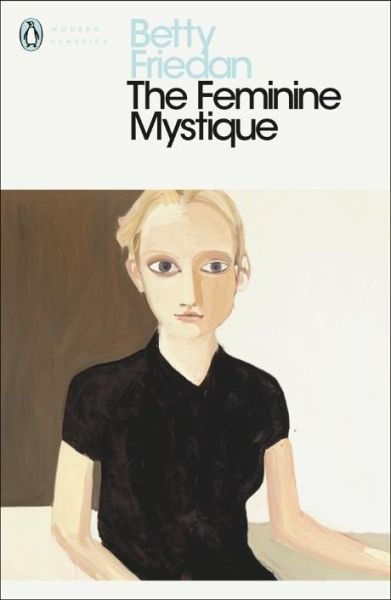


Friedan called it “the problem that has no name.” Her fulfillment depended on the fulfillment of others and not her own, and domestic responsibilities had left her feeling devoid of personality identity. She was educated but had swapped her textbooks for cookbooks, rendering her college degree as little more than a qualifier for marriage. Underneath this American family portrait, the suburban housewife in The Feminine Mystique possessed a strong feeling of disappointment. These images didn’t tell the whole story. The mystique was perpetuated by advertisers, women’s magazines and television, constantly impressing upon their audience idealistic images of happy housewives.


If Post-War normalcy was the objective, these traditional gender roles were the vehicle to take it there. A stable home life represented a welcome return to normalcy, and that home life needed a reliable female homemaker and productive male breadwinner. She had found true feminine fulfillment.” This image was romanticized in a society that was returning to traditional values and stability following years of economic depression and global conflict. The “feminine mystique,” by Friedan’s definition, is an unrealistic image of overt femininity: “she was healthy, beautiful, educated, concerned only about her husband, her children and her home. They could rely on the promise that they could instead fill their lives with their family’s needs and enjoy the leisure of suburbia.įriedan found a slew of flaws in that promise of fulfillment. “The suburban housewife,” Friedan writes, “was the dream image of the young American woman and the envy, it was said, of women all over the world.” Now that the men were home from war and back in the workplace amidst a booming economy, these women assumed the responsibilities of supporting their husband and raising their children. It was met with heated responses across the board, from anger and offense to gratitude and validation. The nonfiction book examines the “strange stirring” that Friedan found amongst educated, middle-class, suburban housewives of the 1950s and 1960s. In 1963, suburban housewives rushed out of their homes to purchase what would quickly become one of the most subversive books of the decade: The Feminine Mystique, written by feminist author and activist Betty Friedan. As she made the beds, shopped for groceries, matched slipcover material, ate peanut butter sandwiches with her children, chauffeured Cub Scouts and Brownies, lay beside her husband at night-she was afraid to ask even of herself the silent question-‘is this all?’” – Opening passages of The Feminine Mystique “It was a strange stirring, a sense of dissatisfaction… Each suburban wife struggled with it alone.


 0 kommentar(er)
0 kommentar(er)
